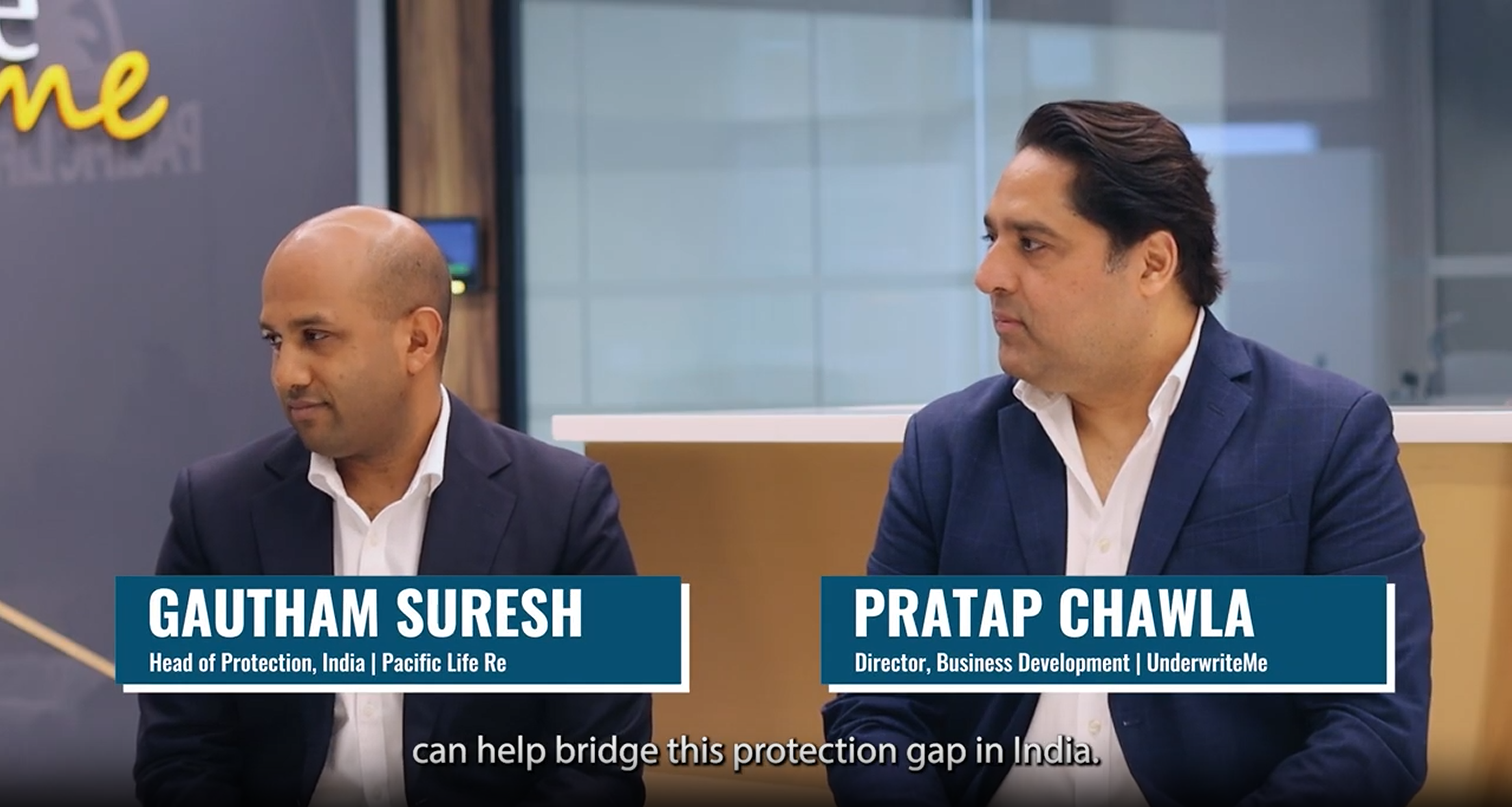Tom Salmon, Senior Claims Assessor at Pacific Life Re | 22 September 2025
These articles were originally published by IPTF - 1 September 2025
Income Protection (IP) might not be the most exciting financial topic, but understanding how it works is essential for customers to avoid surprises when making a claim. Tom Salmon’s articles, written for the IPTF, highlights how important education of the product is in this area, and urges advisers and insurers to do more to manage expectations and improve transparency.
Insurers are stepping up by using plain English and offering more flexible ways to calculate earnings. Many policies now include features like minimum benefit guarantees and fixed income options early in the cover period, helping ensure smoother claims even if earnings drop.
Annual statements play a vital role in reminding customers of their cover and the income needed for a full payout. When advisers are copied in, it can prompt financial reviews and ensure protection remains relevant—aligning with Consumer Duty principles.
Budget Income Protection, with limited payment terms (1–5 years), has boosted IP uptake, now making up around half of all sales. But there’s a risk: customers who can’t return to work after the claim period may face financial hardship. Advisers and insurers must help clients prepare for long-term absence, whether through alternative safety nets or early return-to-work support.
Ultimately, IP isn’t just another insurance product—it’s the foundation of financial stability. From mortgage payments to household bills everything depends on a steady income. Setting up IP correctly and reviewing it regularly ensures clients are protected, whatever life throws their way.
Tom shares his insights in discussion with the IPTF: 7 Claims Stories - Income Protection Task Force

Tom Salmon
Senior Claims Assessor












.png)
.png)





















.png)